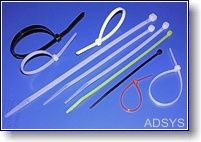- Location
- Staten Island
Noticed the new pre-sale for Pacific sun LED BT EX. For 4" 125g tank, how many modules should I use? Also 90 W vs 120 W?? Is 120 W LED similar to 250w Halide?? What is the benefit of Master&Slave? Should I get two masters just in case of future down sizing? Any suggestion from the current owner???








